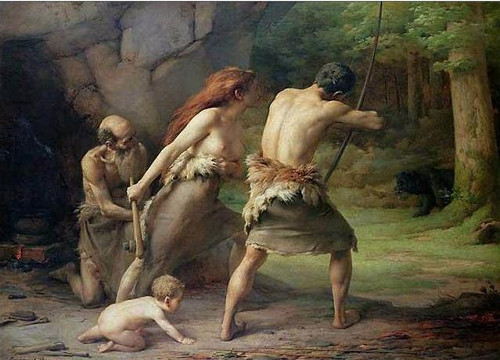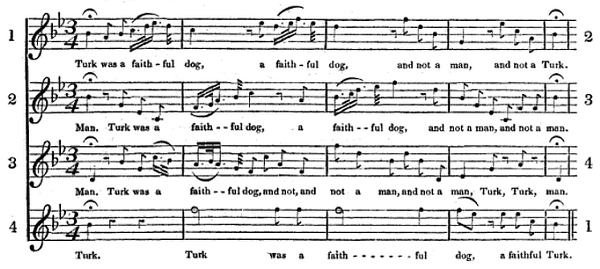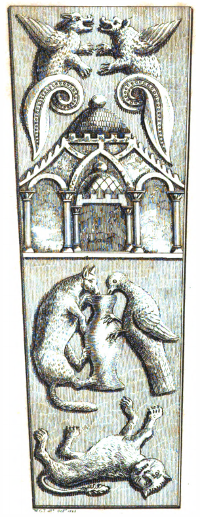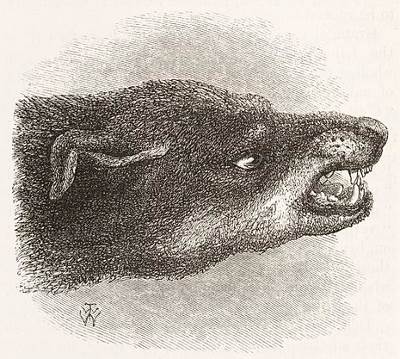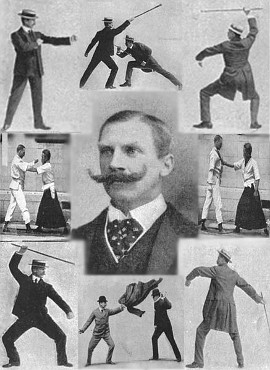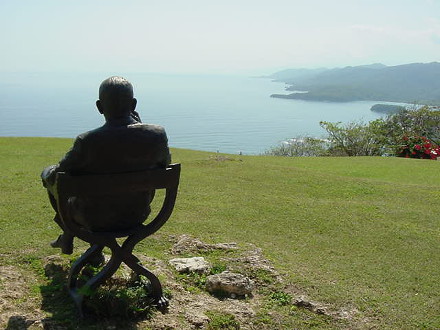
In order to restore Shakespeare to popularity in the 1930s, the theater critic and satirist A.E. Wilson suggested getting Noël Coward to rewrite Romeo and Juliet:
Julia (sweetly): O, Ro, must you be going? It isn’t four o’clock yet. Another cocktail, darling?
Romeo: Thanks.
Julia: And anyway, don’t be stupid, darling. That wasn’t the lark, silly. It was the thingummyjig, believe me.
Romeo: Rot; it was the lark. The beastly thing’s always singing at this devastating hour of the morning. And it’s getting light and I’d rather leave and live than be caught by your beastly husband and kicked out.
Julia (yawning): Oh, very well, then. Have it your own way, darling.
Romeo: Beastly fag getting up. I’ll stay. Give me another cocktail.
Julia: Sweetest.
Romeo (drinking cocktail): Angel face. (A pause.) But it wasn’t a nightingale.
Julia: It was.
Romeo: Oh, do shut up talking about it. You make me sick.
Julia (sweetly insistent): But dearest, it was the nightingale.
Romeo: Oh, what does it matter, you ass. Let’s get back to bed and forget it. (They go.)
(From Gordon Snell, The Book of Theatre Quotes, 1982.)

